Lincoln St. Exit interview with Michael Martinez
In 1970 one of the best, if not the best, heavy psychedelic rock albums of all time was released on Mainstream Records. The album ‘Drive It!’ was the product of the band Lincoln St. Exit, featuring Michael Martinez on lead guitar and lead vocals as well as being the band’s chief songwriter. Recently, Martinez was kind enough to share the saga of Lincoln St. Exit with “It’s Psychedelic Baby Magazine” readers.
Where and when did you grow up? Was music a big part of your family life? Did the local music scene influence you or inspire you to play music?
I am from a typical New Mexico family, steeped in Spanish and Native American culture.
My family’s ancestry dates all the way back to Spain on both sides of my parents families. The Native American part of my ancestry is prevalent in several generations of my family history on both of my parents ancestry. My father loved jazz and played the drums, he was also an accomplished tap dancer. We grew up with a piano in our house, but I never learned to play it. My sister had all the Sun and Specialty records and I grew up listening to Elvis Presley, Little Richard, Fats Domino, Jerry Lee Lewis and Buddy Holly. New Mexico’s music scene is primarily Ranchera and mariachi Mexican style music, the only time I heard that music was from our neighbour , who was partly deaf and had the radio turned up full blast. Little Richard, Fats Domino and Elvis were my favorite. At that point in my life, age 6, I wanted to be a rock musician.
When did you begin playing music? What was your first instrument? Who were your major influences?
I didn’t get a guitar until I was 14 and didn’t know how to even tune it and it hurt my hands to play it, so it stayed the closet for about a year. A friend of mine taught me how to tune it and I started playing simple songs with him to learn how to play it, that was in 1965. I was already Beatle crazy and really wanted to play music and start a band. The Stones, Animals, Them, Yardbirds, Music Machine, Paul Revere, Standells, …they influenced me, all these bands.
What bands were you a member of prior to the formation of Lincoln St. Exit? How old were you when your first band formed? What was your role in these bands? When was the first gig you ever played? Do you recall the first song you performed before an audience?
I formed two bands, The Illustrations in 1965, 15 at the time and the The Jacobs in 1966, sweet 16. The Jacobs had Mac Suazo, Lee Herrera, Larry Leyba and myself. I was always the lead guitarist and lead vocalist. We played an Elks Lodge picnic and our best song was “Hanky Panky”, also “Louie Louie” “Dirty Water”, “House of the Rising Sun”, I’m Free”… and so on, that was The Illustrations. The Jacobs did almost the same song list, but added more Doors songs, Lovin’ Spoonful, Stevie Wonder more complex songs,as well as all the oldies of the time, like Chuck Berry and Buddy Holly.
What was the first song you ever composed? Did any of the pre-Lincoln St. Exit bands do any recording?
I wrote the music for “Half a Man” to the lyrics that a friend of mine had written. His name is Miguel Ruiz, we’ll talk about that later.
I always tinkered with certain chord structures when I was playing in these early bands but never truly wrote anything and of course, I never had the funds to do any type of recording.
When and how did Lincoln St. Exit form? Who were the original members? Did the band start out playing cover tunes or did you always play original songs? Who were Lincoln Street’s biggest influences? What was the first tune you wrote for the band?
Lincoln St. Exit was a combination of The Jacobs and Lincoln St. Exit. One night Paul Chapman, organist for Lincoln St. Exit, saw The Jacobs playing at a teen club up by his house. He commented that he liked our sound and that he was available to play. It was a no brainer to add him because keyboard players were ever hardly available, and he had a Vox organ and a 1968 Fender Super Reverb amp. Larry Leyba was our rythym guitarist and also sang some lead vocals, I mention him for the fact that him and Paul clashed in personalities, it was a Shaggin” thing! Paul suggested in the summer of 1967 that he wanted to use two of his friends from Lincoln St. Exit and use that name instead of The Jacobs. One big problem, if Larry was out I wouldn’t have any guitar to play, let alone an amp, besides, Larry was my cousin. I used his Gretsch and shared his Fender Twin Reverb. Everyone voted for the change and we added Siegi Chavez on lead guitar and vocals and Frank Viramontes on electric 12 string and officially changed the name to Lincoln St. Exit. I ended up using Frank’s 6 string Kay and plugged into Paul’s Super Reverb. We painted the guitar in fluorescent paint, psychedelic style and it played just fine. We also painted Frank’s ‘56 Ford station wagon psychedelic style and used it to carry our equipment as well as using it for promotion purposes. It got destroyed when we were attacked by a gang of Pachucos when Frank had picked us up from school one day. That’s New Mexico for you! They broke out all the windows, dented the body and kicked Siegi in the eye while he was wearing his glasses cutting his eye really bad. They used tire irons, crowbars and heavy chains. It was dangerous to be a Hippie in ABQ back then.
LSE was now Michael Martinez, Lee Herrera, Mac Suazo, Seigi Chavez, Frank Viramontes and Paul Chapman. We had the image , the sound, and the wildest stage show in ABQ. Our song list now consisted of Rolling Stones, Jimi Hendrix, Jefferson Airplane, Grateful Dead, Country Joe and the Fish, Velvet Underground, The Byrds, The Doors, Vanilla Fudge, and a few originals sprinkled in. Upon suggestion from the senior LSE members, we had to record soon. LSE had already released a single called “Who’s Been Driving My Little Yellow Taxi Cab” and “Paper Place” on Lance Records. They had done that prior to the reforming of LSE in 1966. They knew all the connections on how to achieve recording a record and we soon made contact with Dick Stewart and Tom Bee. We went to John Wagner Studios to to do a demo and decided to record “Half a Man” music by Michael Martinez and lyrics by Miguel Ruiz, that was the first tune that was written for the band.
When and where did Lincoln St. Exit play their first gig? Do you remember the first song the band played? How was the band accepted by the audience?
We played at the Paradise Hills community center, also known as the “Armpit”. We always started with “Half a Man” because it just jumped out at the audience and we always ended with “Mystic Eyes” by Them. The kid’s went wild!
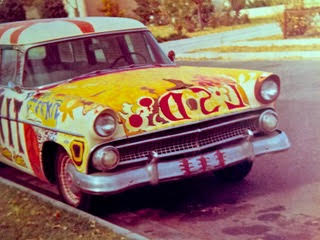
What sort of venues did Lincoln St. play early on? Where were they located? How large were the audiences and how did the band go down with them?
All the teen clubs in ABQ, radio promo shows, the high school dances, many out of town gigs and at the Love-in’s at the park. We always started with “Half a Man” because it just jumped out at the audience and we always ended with “Mystic Eyes” by Them. We got second place at the Highland High school Battle of the Bands in 1967, first place went to the Sheltons. ABQ was divided into two camps of rock music, the R&B bands and the Rock bands. Each had their following, that’s why there was always some sort of hassle. In order to have a following, you had to play in the right part of town that fit the bands music. We were attacked by Chukes, Stomps and even the radio stations.
In El Paso we got attacked by the Stomps, they threatened to shave our heads and drag us around from the back of their trucks. The Chukes always jumped us whenever they got a chance. At a Love-in, they started beating everybody up and proceeded to try to steal our equipment, they also jumped us at the fair.
We did a radio promotion for KQEO radio atop a drive-in theater projection building. Our show consisted of blacklights, strobes, sacks of flour, explosions, and fluorescent paint. On our ending song “Mystic Eyes” Frank would go into what we called a Freakout and would rip off his shirt and cover his body in fluorescent paint, and flour. While the song was playing, he would roll all over the stage and we would throw paint and flour at him, we didn’t always hit him, that time we hit hit one of the DJ’s in his three piece suit with paint and flour. We were banned from ever doing one of their shows and they quit playing our record.
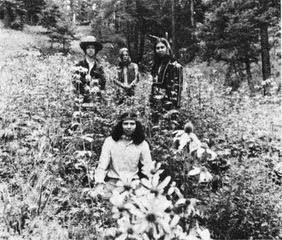
What was the writing and arranging process of Lincoln St. Exit? Did all the members have input?
I took over the songwriting tasks for LSE almost immediately. I got lyrics from Miguel Ruiz and Mac Suazo. After our first recording at Wagner’s, Tom Bee went wild over the band and asked if we had enough material to record and LP. That was all it took for me to whip out a bunch of new songs. On our first LP titled later on as ‘Entrance’ and released on Canyon Records. I wrote all the music and lyrics to “She’s Upon Her Way”, “Orange Benevolence”, “She’s My Everything”, and Miguel Ruiz wrote the lyrics to “Sunny Sunday Dream”, “The Bummer”, “Forever or Not at All”, and “Half a Man“. Mac Suazo wrote the lyrics to “Yellow Man of Paris” and we both wrote the lyrics to “Open Doorway”. And I credit the whole band to writing the lyrics to “Whatever Happened to Baby Jesus?” from a bizarre story Siegi use to tell. The LP wasn’t released until 1974. Though several single were released and distributed world-wide. To this day we never made a dime from that LP.
What was the first song recorded by Lincoln St. Exit? What studio did you use and who was the producer? Was it a song you wrote? What was the inspiration for the tune?
“Half a Man” recorded at John Wagner’s and produced by Tom Bee. Written by Michael Martinez and Miguel Ruiz. I love Ruiz’s lyrics!
Lincoln St. Exit released its first single in 1967. What were the songs on the single? Did you write the tunes? What influenced the band’s sound? What label was the first single released on and how did it come to be issued? How were sales? Did the single garner any radio airplay?
I recall seeing “Sunny Sunday Dream” and “The Bummer” on a single released on ECCO Records. “Who’s Been Driving My Little Yellow Taxi Cab” and “Paper Place” on Lance Records had been released on Lance Records a year before. We tried to sound like the bands from that time and were always told to focus on recording a hit single? We never made any money from that LP. And yes the radio played “Sunny Sunday Dream” and “The Bummer” until our stunt at the drive-in theater when we got banned. They accused us of throwing bags of heroin around on stage. The flour looked cool when the strobe lights hit it floating through the air.
The band released several singles before ‘Drive It!’. What were the tunes and what labels were they released on? How did the band’s sound evolve? What influenced the changes in the band’s sound? Were the single sides heavy like the tunes on Lincoln St. Exit’s LP?
That’s not really true. In the summer of 1970 we got the contract from Mainstream Records. But before that happened, the band line up changed again. I was still doing lead vocals and lead guitar, Mac was still on bass and background vocals, Lee was still on drums, Larry Leyba was on rhythm, congas, and lead and background vocals, and eventually R.C. Gariss replaced him as lead and rhythm guitars. The first group of LSE broke up in the summer of 1968 and reformed again in in the fall of 1968 and changed again in 1970.
All the songs on Drive It! were songs we played live and that was what we recorded on Mainstream.
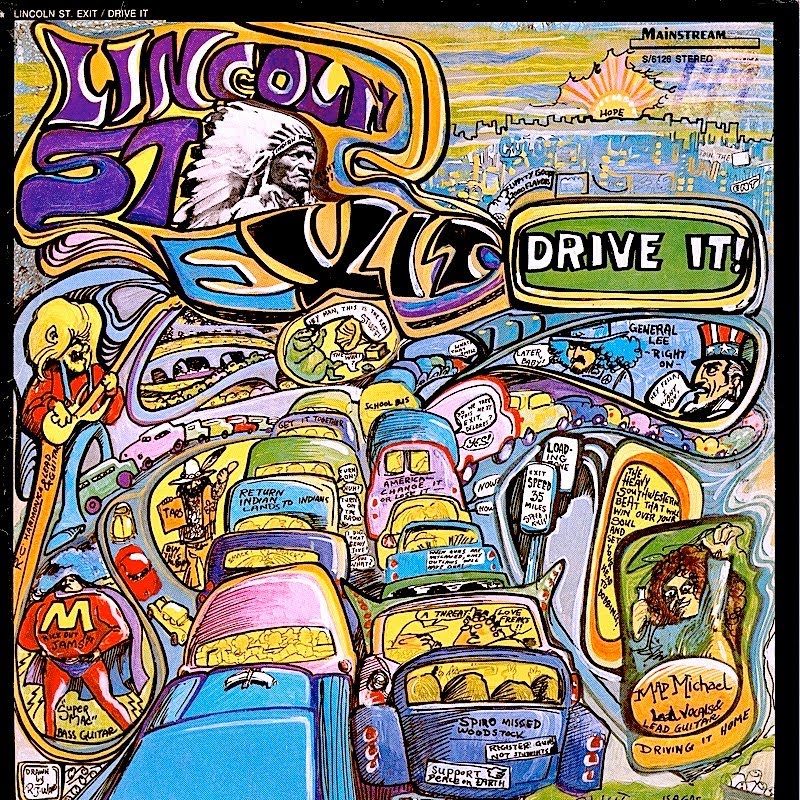
Following the release of your first singles did the venues the band played change? What sort of venues did the band play and where were they located? Did the size of audiences increase following the release of these singles?
We re-recorded “Soulful Drifter”, “Mississippi Riverboat Gamblin’ Man” and “St. Louis Mama” prior to this session at Norman Petty’s Studio in Clovis and “Soulful Drifter” and ”Mississippi Riverboat Gamblin’ Man” were released locally on “Souled Out” records on a single in ABQ. We became the house band at a club in ABQ called the Rectory. From there we started opening up for the the top bands passing through ABQ. We opened for Three Dog Night, Nitty Gritty Dirt Band, Steve Martin, Crow, Bubble Puppy, Strawberry Alarm Clock”, Grand Funk Railroad, Beach Boys, Thirteenth Floor Elevator, Redbone, and ZZ Top. Mostly at the ABQ Civic Auditorium.
Eventually Lincoln St. Exit released ‘Drive It!’ on Bob Shad’s Mainstream Records label, the same label Janis Joplin and Ted Nugent recorded for. When did the band sign with Mainstream and what were the terms of the contract?
The summer of 1970 we went to Phoenix to record ‘Drive It!’. We never read the contracts we trusted our manager Tom Bee to take care of us, yeah right! He took care of all the copyrights and publishing. Usually the record company wanted half of the publishing.
When and where was ‘Drive It!’ recorded? Who was the producer? How long did the sessions last? Did you write all the songs found on the album?
All the songs were recorded in Phoenix, but I don’t remember the studio’s name. Bob Shad was the producer along with Tom Bee on the controls. I don’t remember the engineer’s name either. We were there for only a week and recorded the the entire LP like a live performance. I had written all the song’s music and Mac wrote some lyrics on “Dirty Mother Blues” and Tom Bee wrote some lyrics on “Man Machine”
If you would, please share your recollections of the sessions. What were the influences and inspirations for the songs recorded? How were the songs that made it onto the LP selected? How much freedom did Mainstream give you in the studio? Were any songs recorded that were not included on the album? Are there any songs still in the Mainstream vaults?
We had free reign of the session. We took the equipment we used on stage and proceeded to record song by song as is it placed on the LP. There was a lot of drinking and sometimes frustration recording the tracks. Playing that loud it was hard to hear the mix properly, what did we know, we were only kids trying to play rock n roll. We were starting to use more Native American influence drum beats in our music , thanks to Lee Herrera. He was always trying to invent new percussion sounds and he was really good at it. Him and Randy Castillo were the best drummers in ABQ at that time.
All our song ideas came from everywhere, the goal was to get a single and promote it. Drug abuse, war protest, sex, anything was game for writing about. Every song on that LP is all we did at that session.
Several tunes from the LP deal with the war in Vietnam. How did the war influence the songs written for the album?
I knew several Vets, including both my older brothers and many, many friends coming back from Nam and telling me about their experiences. My heart broke to see them start to cry when they talked to me. Some asked me to write something about Nam to use for Vets Against the War rallies, so I did. I was also drafted but was turned down for being grossly underweight.
How pleased was the band with the sound of ‘Drive It!’? What, if anything, would you like to have been different from the finished product?
When I first heard it , I asked myself, what were we on when we recorded it? I hated it, especially my voice. Earlier that year I got a severe bronchitis that destroyed my voice. I couldn’t sing for months, thanks to a group of ladies that decided to drown me in a bathtub on New Year’s Eve of 1970 and through me out in the cold.
A lot of people said it really didn’t capture the the true sound of the band, that they were accustomed to, hearing us live. The other band members agreed with what I heard. If you listen from track to track, volumes change, mistakes are left uncorrected, just being picky I guess. But a lot of other people loved it and I left it at that.
When was ‘Drive It!’ released? How much and what sort of support did Mainstream give the band and the LP following its release? Was the band pleased with Mainstream’s support?
It was released in the fall of 1970 and we had several parties to celebrate the release. As for what Mainstream did for us, I know we never received any royalties. The biggest single released was “Soulful Drifter” with “Time Has Come, Gonna’ Die” and I believe it was released regionally as was the LP. It was mostly promoted by doing live shows.
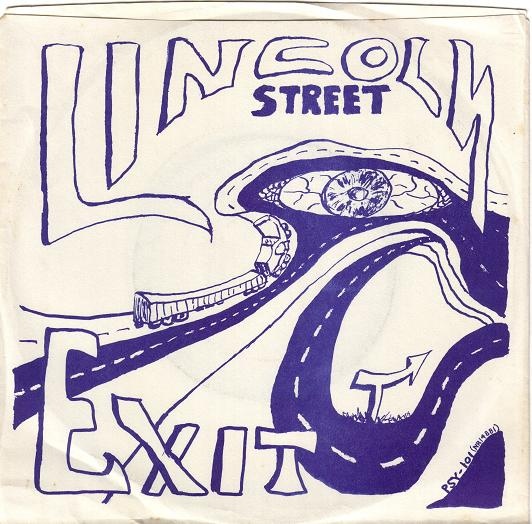
How were sales of the album? What about radio airplay? Did the LP make the charts anywhere?
We were played locally and regionally, Texas, Oklahoma, Kansas, Arizona and somewhere in the Great Lakes area. We used to do tours that were sponsored by KOMA radio out of Oklahoma City, playing all the midwest area of the country and we still opened up for a lot of concerts around the area. I had heard that “Soulful Drifter” was a pretty big hit around the Great Lakes area and we made the top 30 on the local charts. Radio play was pretty good!
The single “Soulful Drifter” c/w “Mississippi Riverboat Gamblin’ Man” was released in connection with ‘Drive It!’. Why were these sides chosen for release? Did the band have any input in the selection of the tracks/ How were sales of the single? How much radio airplay did the single receive?
Actually, that combination was released on Souled Out records and a combination of “Soulful” and “Time Has Come” was released on Mainstream. The The “Soulful” and “Mississippi” combination was the one that was recorded at Norman Petty studios in Clovis. Petty had a state of the art studio in downtown Clovis built in an old movie theater. He played the the Melotron on “Soulful” during that session.
Did the band tour to support the LP? Had the crowd sizes increased at this point? What was the largest crowd Lincoln St. Exit ever played before? Where was this venue located?
Yes there was a lot of touring and we played mainly as an opening act for the major touring bands. Larger venues and of course large crowds. The largest venues were the civic centers in El Paso, Amarillo, Phoenix, Bakersfield, Wichita and so on. We just seemed to play regionally all the time.
Following ‘Drive It!’ no other titles were ever released by the band on Mainstream or any other label under the name Lincoln St. Exit. Why not? Did Mainstream offer the opportunity for any further recordings?
Nope that was it, Tom Bee wanted to get us with a better label, so the contract was never renewed. By then we started using the name Exit.
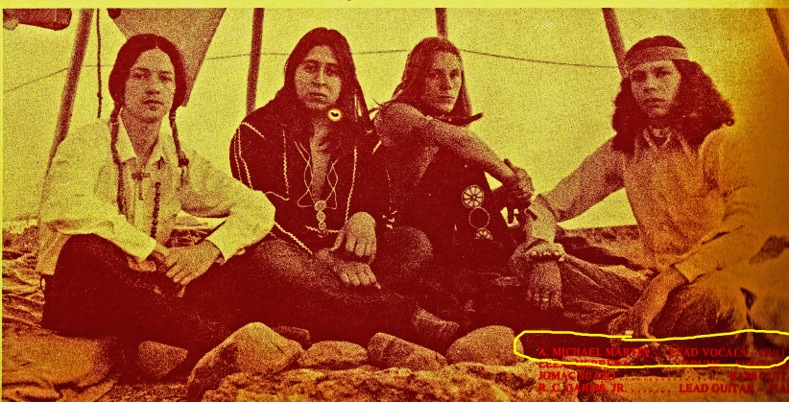
The band came to release further material under the moniker XIT. What was the significance of the name change?
When we were in Bakersfield at a hotel there we decided that we were going to change our image to a more Native American image and the name actually changed sometime later. We were living in a large mountain cabin complex in the mountains east of ABQ and we used to to go to a little bar across the street to drink. Their EXIT sign had the letter E missing from it and Mac said out of the blue that XIT could stand for Crossing of Indian Tribes. We all liked it and went with the name change. By the way, that little place across the street is where we took the LP pictures for ‘Drive It!’.
Did the band’s sound change following the name change? Discuss, if you would, some of the titles released as XIT. What label or labels were these recordings released on?
The main change that occurred was that Lee started playing an all leather Taos drum set. Leather bass drum, tom, and floor tom, and a regular snare, hi-hat, and cymbals and he wore Native American bells on both his legs, he was absolutely amazing. The weight of the bells on his legs didn’t affect his bass drum or hi-hat work at all.
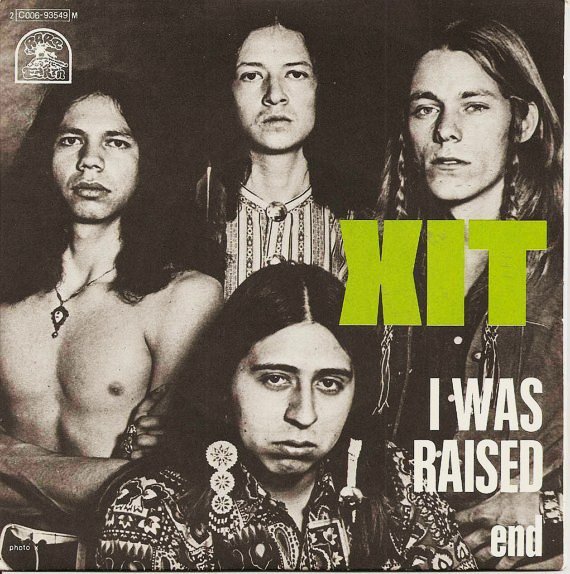
We were signed by Motown on the Rare Earth label and we auditioned at Lee’s parent’s house. Motown sent a rep to listen to us and assess our sound and style. Then a few months later, they sent the producers of the LP to also verify if we were Motown worthy. Ralph Terrana and Mike Valvano flew in from Detroit to check us out and were thoroughly impressed. We flew to Detroit and they gave us two weeks to do all the basic tracks and vocal tracks. “Plight of the Red Man” was the title and it was a history of Native Americans from the time of Columbus to the great Indian wars and the final solution and genocide of Native Americans. Songs like “Nihaa Shil Hozho”, “Coming of the White Man” and “I Was Raised”. It was heralded as one of the best Native American records ever done. The sound of rock and Native intermixed.
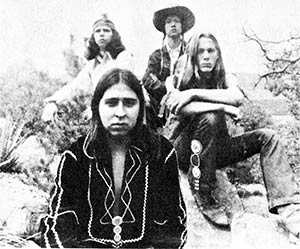
Eventually several Lincoln St. Exit tunes were released on ‘Entrance’ credited to XIT. When were these tracks recorded and why were they not credited to Lincoln St. Exit?
‘Entrance’ is the LP that was never released when it should have been in 1967. Tom Bee kept the masters and tried to omit me from ever being associated of ever being in the band. He actually did an interview with New Mexico magazine in 1974 when ‘Entrance’ was released and claimed he started Lincoln St. Exit and claimed he went to Valley High with Mac, Lee, and me. All the songs were written by myself, Miguel Ruiz, and Mac Suazo. Canyon Records printed a vinyl version of it. Later Tom Bee released it on his SOAR Records label and at sometime someone in Europe pirated ‘Entrance’ and ‘Drive It!’.
Looking back, what was the highlight of your time in Lincoln St. Exit? Which songs are you most proud of? Why? Where and when was your most memorable gig? What makes it memorable?
Most our best gigs were with XIT. The best was a concert with “Joe Cocker’s Mad Dogs and Englishman” everybody was on that stage who was famous at the time. Also this enormous PowWow in Yakima, Washington. We played with Red Bone, Savage Resurrection and so many Native people from all over the Americas.
Where and when was your last gig under the Lincoln St. Exit moniker? Do you recall the last tune you played at that gig?
With LSE, it was probably in Bakersfield. We did a great big concert with the Beach Boys, Red Bone, The Eagles, and several other bands. then we changed our name.
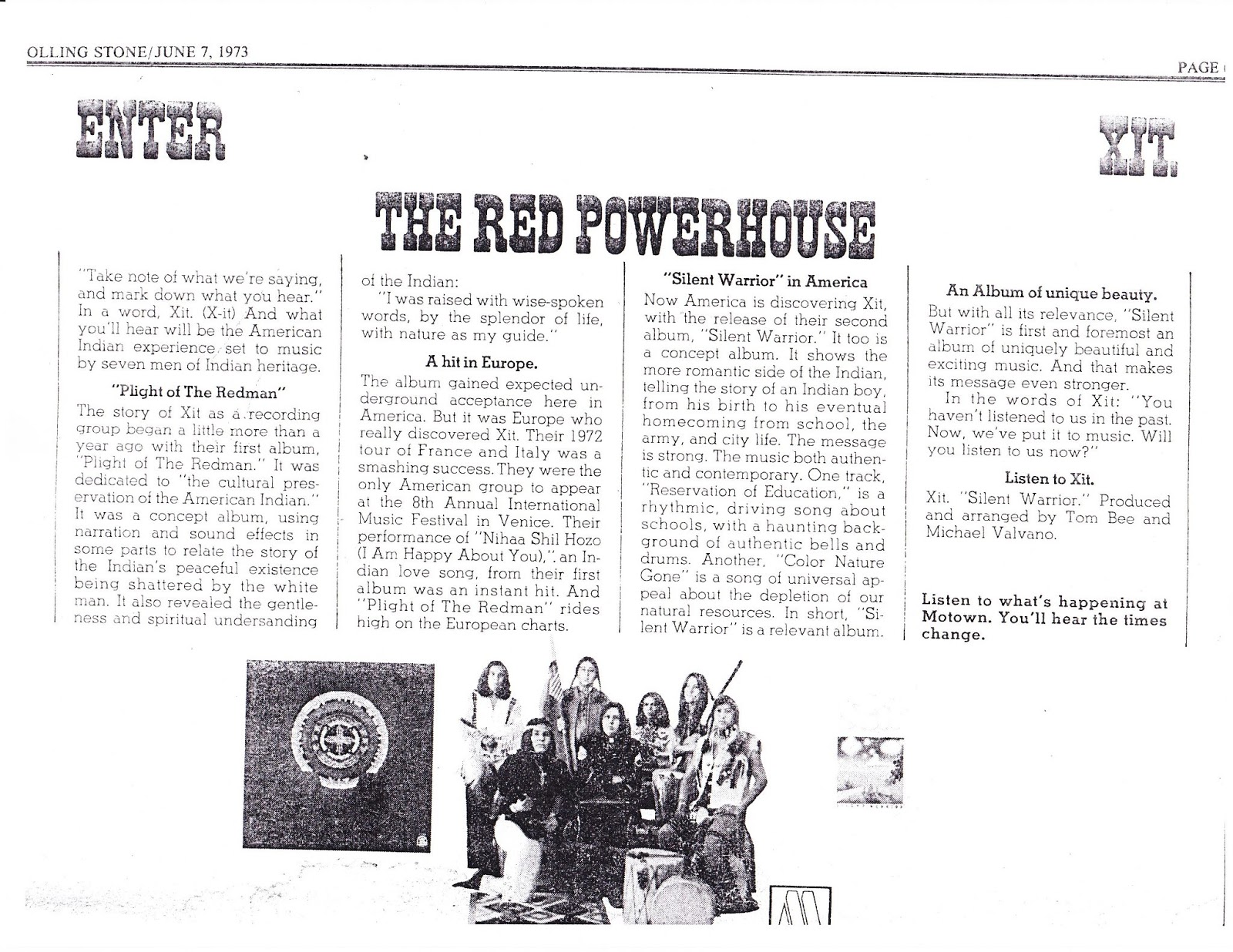
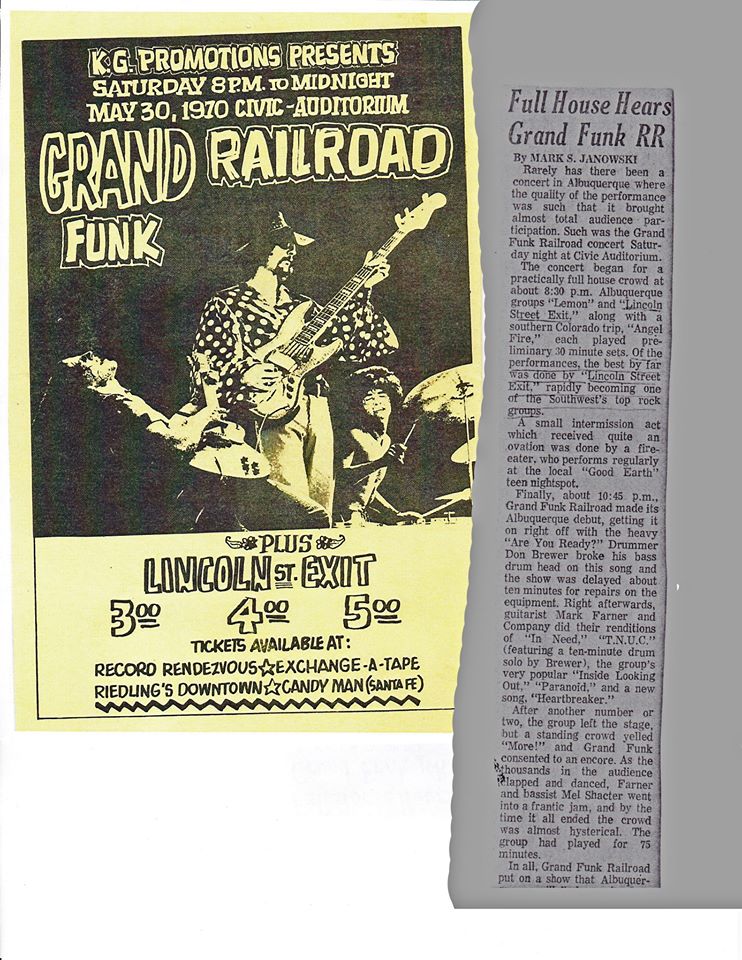
‘Drive It!’ is considered by many, including myself, the best heavy psychedelic rock album ever recorded yet as far as I can see it is presently only available as an unofficial (bootleg) edition on the Swedish Flawed Gems label, a release that includes ‘Drive It!’, all the Lincoln St. Exit single sides and even the tracks from ‘Entrance’. Why is there not an official reissue available? Have there been any offers for an official reissue?
We were offered a re-issue from Massimo Del Pozzo from Misty Lane Records over a year ago but we haven’t been able to secure the copyrights and publishing, which are being investigated by the US Copyright office. Maybe before we die.
Are the members of Lincoln St. Exit still in contact with each other? Has there been any thought of reunion of the band?
It will be our 50th Year Anniversary together in 2017. Last year we received an induction to the New Mexico Music Hall of Fame, as well as another Hall of Fame in the New Mexico Commission in 2008, and a Lifetime Achievement Award from the Native American Music Awards in 1999. We did a concert in Shiprock NM for a good friend of ours named Chili Yazzie in 2014 and were received very well by all who attended. We can still play , but we have to go by the name of Original Xit. You can see all our YouTube videos if you search by that name or go to Facebook and search Xit Native American Rock Band.
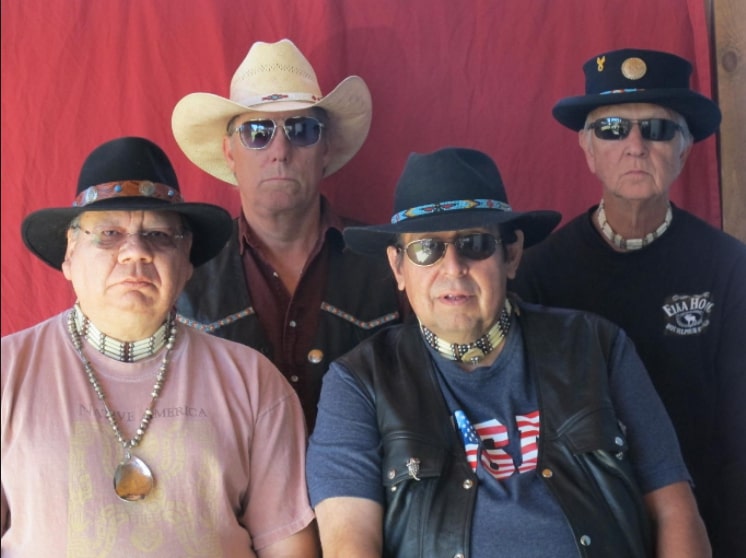
My wife Charlotte Perry and I, called “AMISTAR” are currently recording a new CD called ‘One Heart Many Rhythms’ which will be out this year (2017) and we do a local radio show that streams all over the world called Red Road Radio on 99.9 LP FM from Placitas NM on every Wednesday at 5:30 to 8 pm MT. People can see us
I am certain there are many things regarding your time in Lincoln St. Exit that have not been addressed in my questions. What would you like our readers to know that has not been covered?
Got to school and get a Masters degree, there’s too many musicians now and the competition is fierce. Nobody wants to pay for music anymore. I’m serious!!
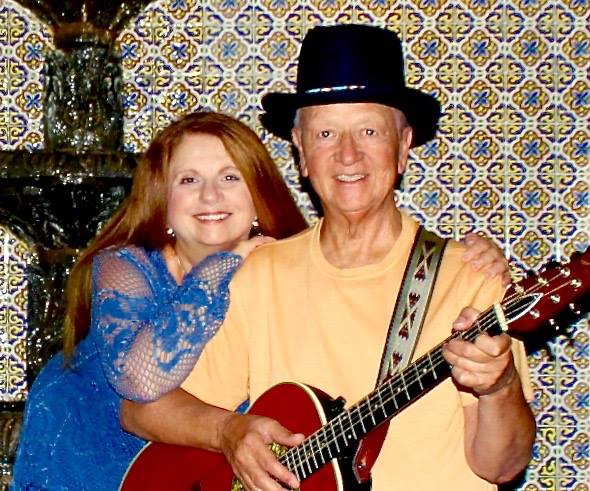
Thank you so much for sharing your memories of Lincoln St. Exit and the incredible album ‘Drive It!’ with our readers. On behalf of myself and our readers, thank you so very, very much.
Kevin Rathert

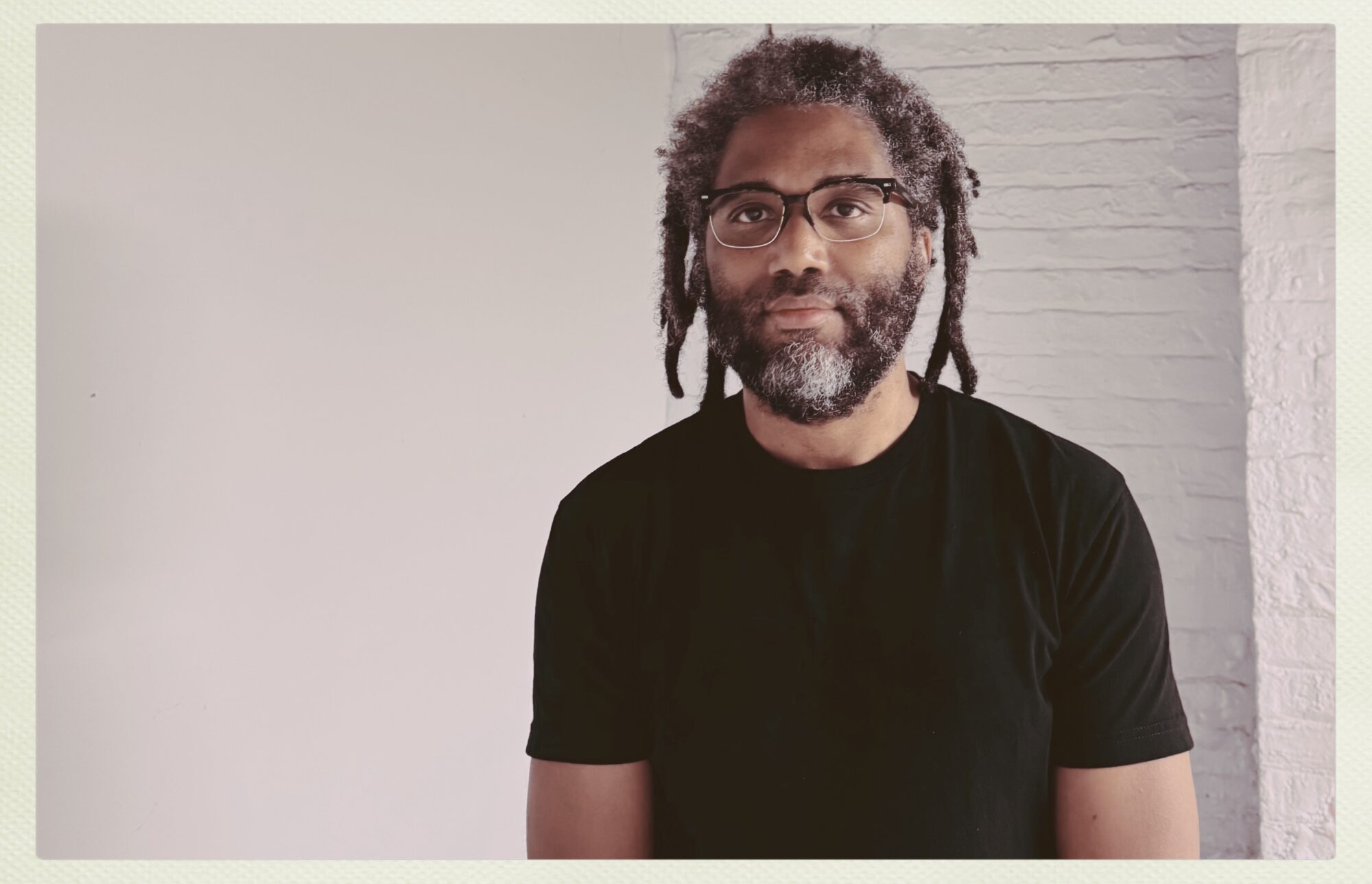
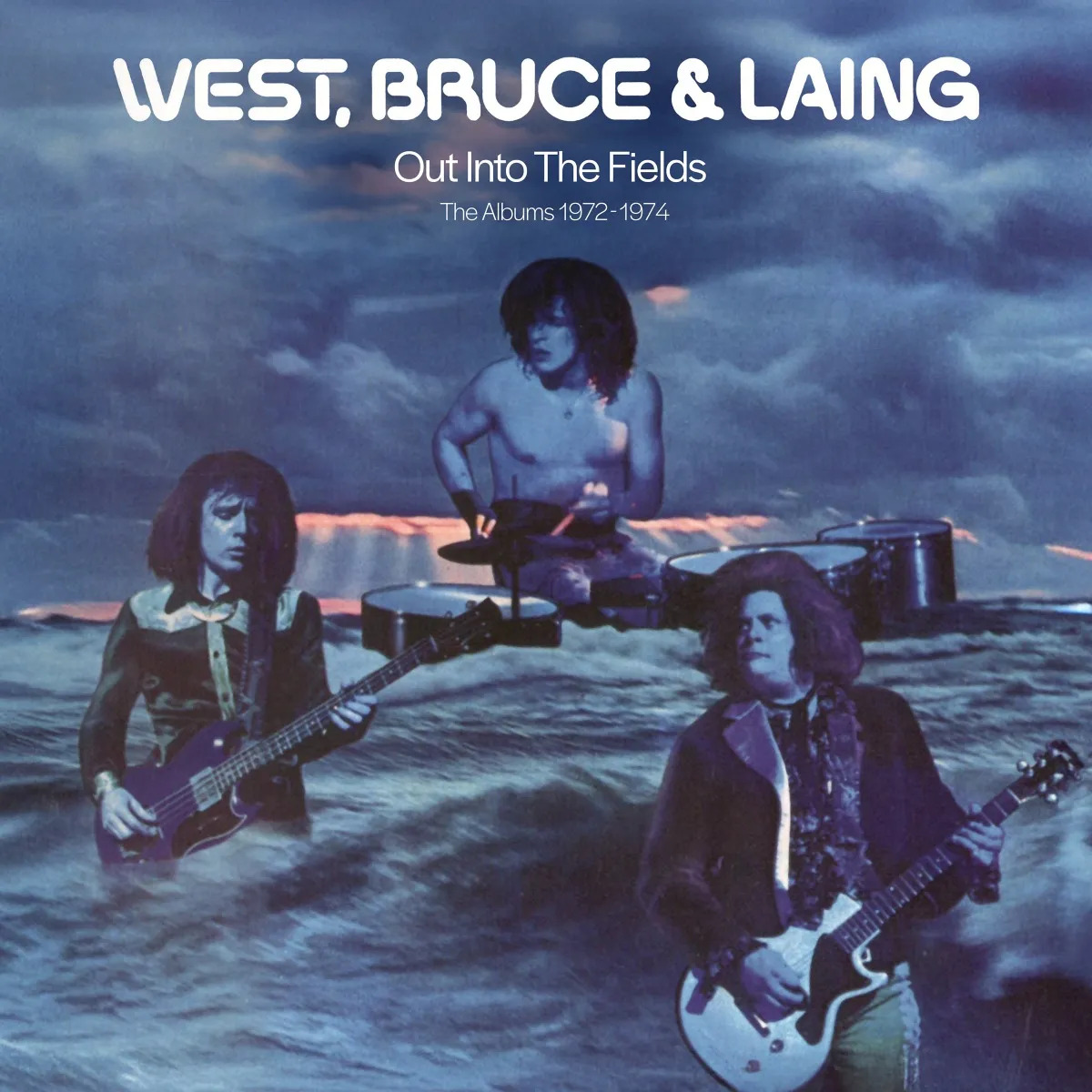
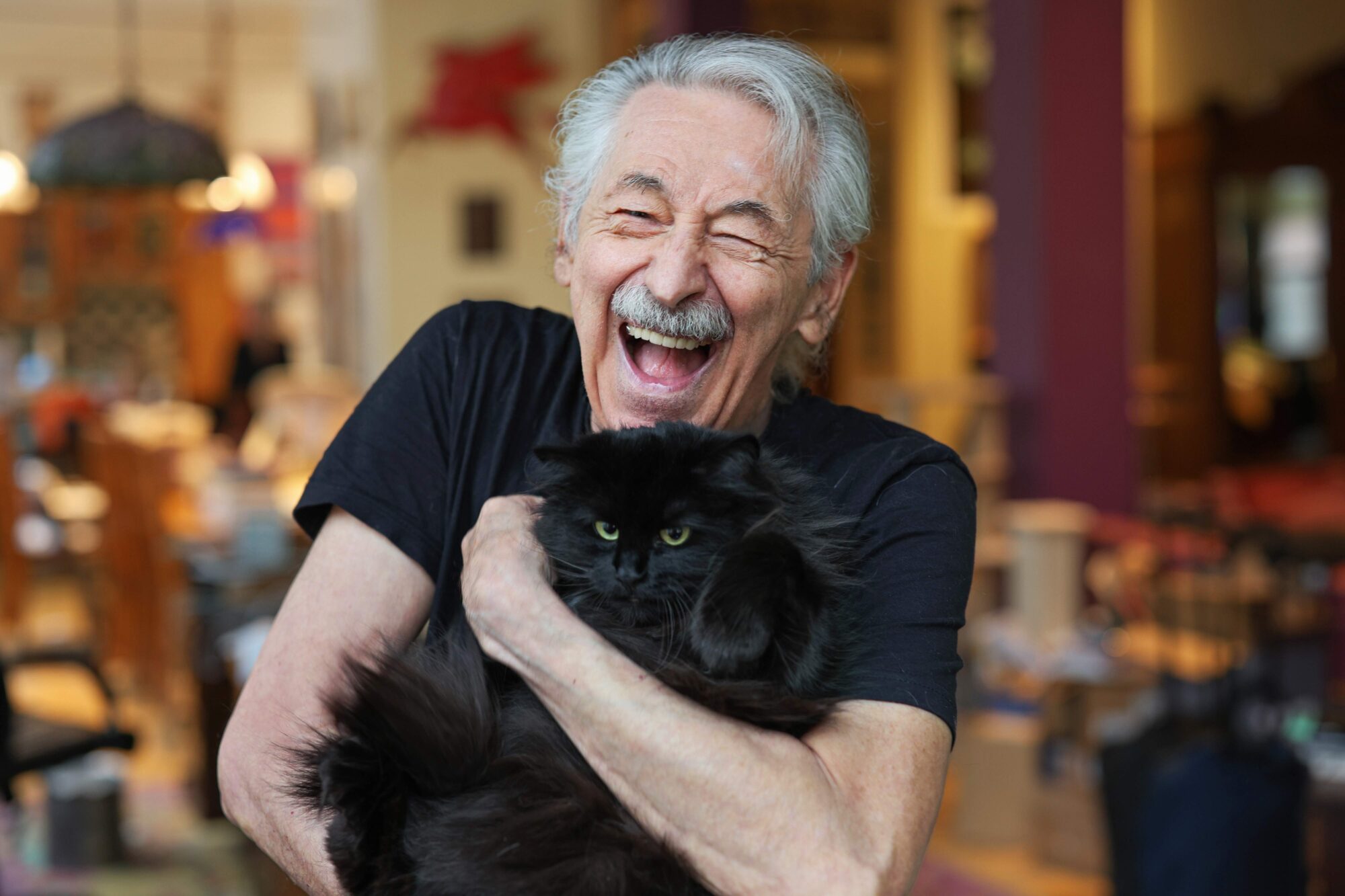
I came across this by way of Facebook. Not sure Michael remembers me, Dan (Danny) McGrew. Paul Chapman and I formed the beginnings of LSE with two other friends in Paradise Hills. I played drums. We had maybe about two good sets of covers put together when I had to move to Seattle for a while. When I returned to Albuquerque, Paul had made changes to LSE and joined with Michael. I then formed another band with Paul's younger brother Harry and two other friends, Ed and Neil. A couple of times at The Armpit, we played while LSE was on break just to keep the music going and get a little exposure. That band didn't last because again I wound up moving to California for a time. When I again came back to Albuquerque, I lived three houses down from Seigi and would listen to them rehearse sometimes and hangout with Sigs younger brother.
Got any recordings of the other band you formed with Harry?
It would’ve been nice if you would’ve allowed me to respond to the Lincoln Street Exit article. 2 sides to every story brother. Martinez omitted some very serious issues. Blasting me who worked hard to get them signed to both Mainstream and Motown was not an easy task
Bullshit article from a guy who quit XIT shortly after “Plight Of The Redman” was released and was not a member of the original LINCOLN ST. EXIT group. No one would’ve ever hear of A. Michael Martinez or “Drive It” or “Entrance” if it wasn’t for me being involved to begin with. I sure didn’t need Mr. Martinez to achieve what I’ve been able to accomplish without his input. May he find peace with himself as an ungrateful man for even giving him any recognition at all.